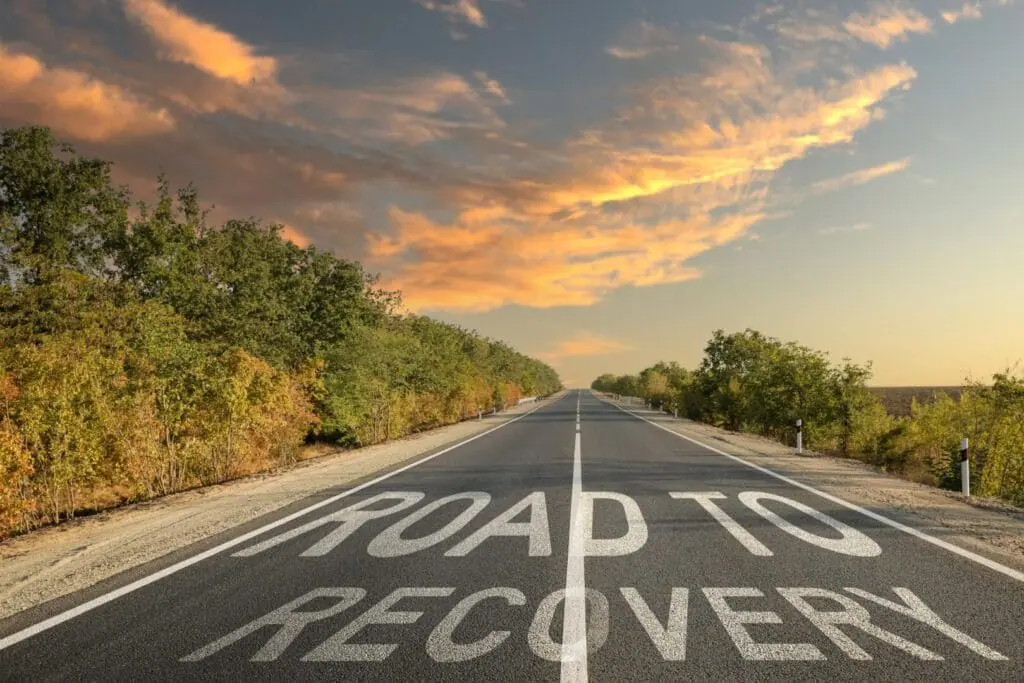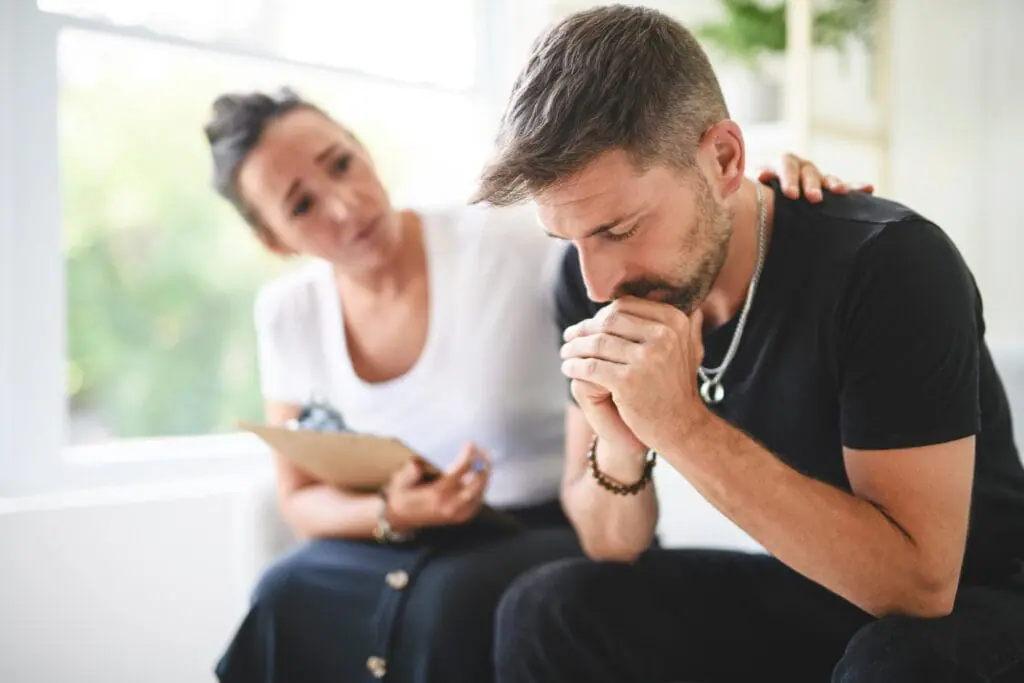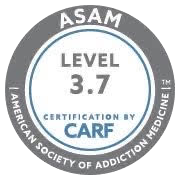Understanding Relapse
While we hope for a total recovery for anyone with substance use disorders, the unfortunate fact is that many will experience relapse. Relapse means the return of a medical condition after successful treatment. When someone goes back to substance abuse after recovery and a period of abstinence, that’s substance abuse relapse.
If you or any of your loved ones have received treatment for substance use disorder, then there is a 40 to 60% chance of experiencing relapse. This relapse rate percentage is high. That’s why we must understand the reasons behind relapse and what we can do to prevent it.
Why Do People Relapse On Drugs?
“Why do addicts relapse?” you may wonder. No addiction recovery treatment can take away one’s freedom to choose. For many individuals who have received treatment for substance use disorders, a battle continues to rage in their minds. This is because the substance never completely loses its appeal; there will always be an urge to relapse.
Relapse Risk Factors
Several factors and conditions may trigger substance abuse relapse. These include:
- Peer Pressure: When people around you abuse the substance you have received treatment for, maintaining abstinence becomes an uphill task. Gradually, your resistance to such substances may begin to taper.
- Stress: Life can get fast-paced and unpredictable. In these moments, you are likely to fall back to the substance. Stress could come from a challenging home, school, or work environment.
- Depression: Depression could also induce relapse. During these periods, you may feel a heightened need for the substance.
- Failure to Follow Recovery Routines: Several recovery routines aim to guide you through abstinence. For example, failure to continue a twelve-step program or attend addiction support group meetings could leave you vulnerable. Group meetings provide peer support to maintain abstinence. Withdrawing from these programs could lessen your sense of responsibility and lead to a relapse.
How Common Are Relapses?
Drug relapse statistics have revealed a worrying trend in alcohol and drug abuse relapse rates. 65% to 70% of persons who experience substance abuse relapse do so within the first ninety days after treatment.
What Do Relapse Rates Indicate?
While we may be alarmed by the drug and alcohol relapse rate, relapse isn’t an indication of failure. Relapse should be embraced as part of the recovery process. People who experience relapse are closer to achieving permanent abstinence, but only if they refuse to throw in the towel.
What is the Rate of Relapse for Substance Abuse?
Relapse rates after rehab or treatment vary for different substances. Also, abstinence periods are not the same for people who experience substance abuse relapse.
What Percentage of Patients Will Relapse In The First Year?
85% of people who have received treatment for substance abuse disorders suffer a relapse after the first year. However, each type of abused substance does not contribute equally to relapse statistics. Relapse rates by drug type are as follows:
- Alcohol: The likelihood of relapse among persons who have received treatment for alcohol use disorder is between 50% to 90%
- Heroin: The likelihood of relapse among persons who have received treatment for heroin addiction is about 75%.
- Cocaine: The likelihood of relapse among persons who have received treatment for cocaine addiction is about 73.1%.
- Methamphetamine: The likelihood of relapse among persons who have received treatment for methamphetamine addiction is 91%
How You Can Avoid Substance Abuse Relapse
Avoiding substance abuse relapse is possible. The first step is not to underestimate the possibility of relapse. While it isn’t healthy to fill your mind with a relapse consciousness, it is also important that you do not let your guard down. Below are steps you should take to ensure substance abuse relapse prevention.
Monitor Signs and Symptoms of Relapse
Relapse can occur at any time after recovery. Therefore, it is important to arm oneself in advance. One way to fortify oneself against relapse is to monitor for the signs and symptoms of relapse.
Even though relapse seems to take individuals unawares, the signs of a possible relapse usually show way before it begins. Persons who have abstained from substances must be sensitive enough to spot these signals. First, list the circumstances that have induced substance use in the past. These may include stress, company, and depression. Most importantly, pay keen attention to the signs of relapse, which manifest in three stages.
Create An Effective Relapse Prevention Plan
As an individual progresses through the stages, the chances of relapse increase. For this reason, it is crucial to start early. Creating a relapse prevention plan before or immediately after addiction treatment. Better still, enroll in addiction treatment centers that provide robust relapse prevention programs
Get Help for Relapse Prevention at San Diego Detox
If you want to stop substance abuse, there is a need to think beyond treatment. San Diego Detox center appreciates the need to prioritize relapse prevention as much as addiction treatment. That’s why we have developed a comprehensive relapse prevention program that has helped many clients maintain abstinence.
If you or your loved one notice any signs of relapse, reach out to us. We can help you get back on track and preserve the precious progress you have achieved
Types of Relapse
There are various types of relapse: emotional, mental, and physical. These will be detailed below.
Emotional Relapse
At this stage, the individual feels overconfident and dismissive of the possibility of a relapse. While there isn’t any urge to fall back to the substances yet, the individual may begin to neglect certain precautions and restrictions.
Indications of Emotional Relapse
The individual may begin to expose themselves to situations and environments that could encourage relapse. Signs of emotional relapse include:
- Overconfidence
- Poor eating and sleeping habits
- Isolation
- Frequent absence from group meetings
- Lack of contribution to group meeting activities
- Easing restrictions and flouting precautions.
Mental Relapse
At the stage of mental relapse, contentions begin to develop. The individual begins to rationalize or consider a return to substance use. These include the temptation to attempt slight use or contemplations that substance use may not be as bad as it seems. Signs of mental relapse include:
- Contemplating substance use
- Rationalizing substance use
- Downplaying the effect of substance use
- Setting money aside for substance purchase
Physical Relapse
At the stage of physical relapse, the individual has caved in to pressure. After attempting slight use, the individual quickly graduates to heavy use. Signs of physical relapse include:
- Slight use
- Heavy use
Resources
- https://www.verywellmind.com/what-is-relapse-22106
- https://nida.nih.gov/publications/drugs-brains-behavior-science-addiction/treatment-recovery
- https://www.webmd.com/mental-health/addiction/addiction-what-to-know-about-relapse
- https://www.ncbi.nlm.nih.gov/pmc/articles/PMC3674771/
- https://psycnet.apa.org/record/1976-30470-001






